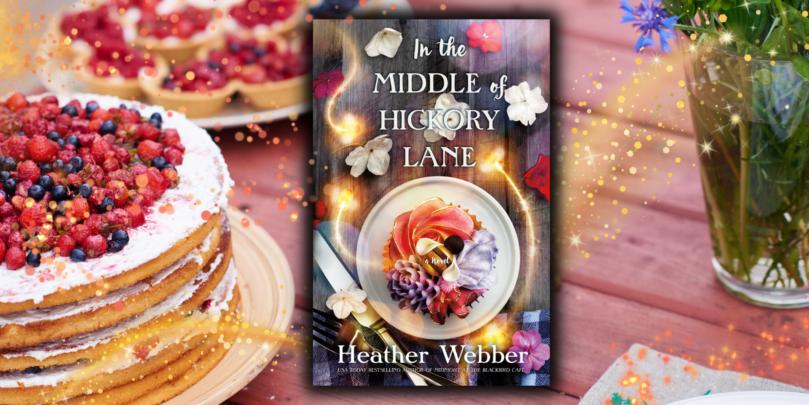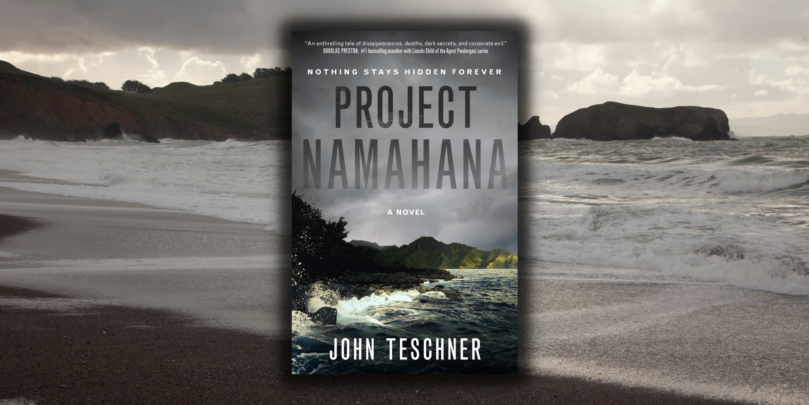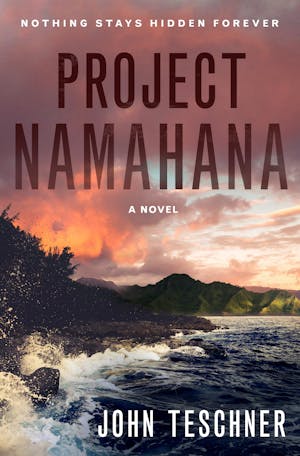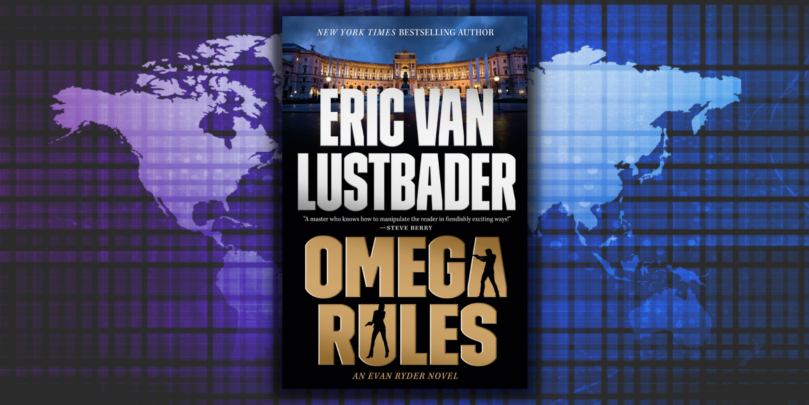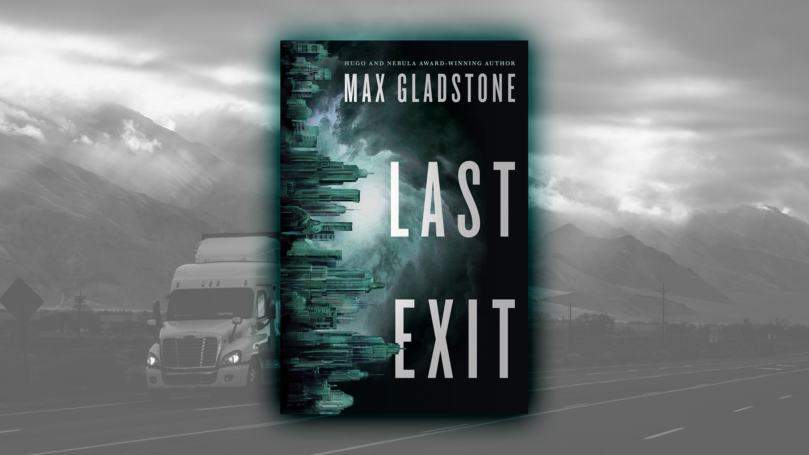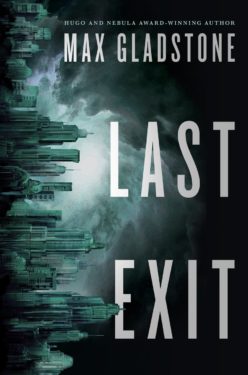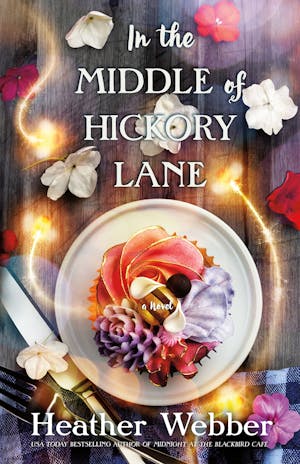 From the USA Today bestselling author of Midnight at the Blackbird Cafe comes Heather Webber’s next charming novel, In the Middle of Hickory Lane!
From the USA Today bestselling author of Midnight at the Blackbird Cafe comes Heather Webber’s next charming novel, In the Middle of Hickory Lane!
Emme Wynn has wanted nothing more her whole life than to feel like part of a family. Having grown up on the run with her con artist mother, she’s been shuffled from town to town, drawn into bad situations, and has learned some unsavory habits that she’s tried hard to overcome. When her estranged grandmother tracks her down out of the blue and extends a job offer—helping to run her booth at an open-air marketplace in small-town Sweetgrass, Alabama—Emme is hopeful that she’ll finally be able to plant the roots she’s always dreamed of. But some habits are hard to break, and she risks her newfound happiness by keeping one big truth to herself.
Cora Bee Hazelton has her hands full with volunteering, gardening, her job as a color consultant and designer, and just about anything she can do to keep her mind off her painful past, a past that has resulted in her holding most everyone at arm’s length. The last thing she wants is to form close relationships only to have her heart broken yet again. But when she’s injured, she has no choice other than to let people into her life and soon realizes it’s going to be impossible to keep her heart safe—or her secrets hidden.
In the magical neighborhood garden in the middle of Hickory Lane, Emme and Cora Bee learn some hard truths about the past and themselves, the value of friends, family, and community, and most importantly, that true growth starts from within.
Read below to check out what yummy treats Heather likes to make during this sunny time of year!
By Heather Webber:
With all the fruit in season this time of year, it’s no wonder summer and sweetness go hand in hand. Come June, July, and August, farmer’s markets and produce sections at the grocery store become two of my favorite places. There’s never any lack of fabulous fruits to choose from — berries and cherries and melons and nectarines and plums and pineapples (oh my!). More than once I’ve wanted to set up camp next to the displays of ripe peaches. Have mercy, that amazing scent. But in my family, we’re all about the strawberries.
I read somewhere once that nearly three billion pounds of strawberries are grown in the US each year, and I’m fairly certain most of that poundage ends up in my kitchen. Mostly, it’s piled high on bowls of heart-healthy cereal, but a fair amount of those strawberries end up in desserts.
Three of our favorite summertime recipes are strawberry shortcake, strawberry pie, and trifle with strawberries and (sometimes) blueberries.

Strawberry shortcake is such a classic, traditional treat. Sweet biscuits with buttery layers, luscious sugared strawberries, and fluffy whipped cream. A dream!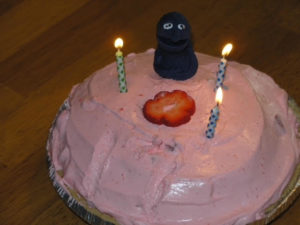
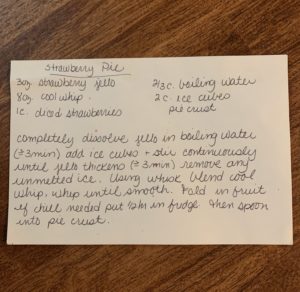
My recipe for strawberry pie isn’t classic or traditional, except within my family, as I’ve been making it for close to thirty years now. It’s made with strawberries, strawberry Jell-o, and Cool Whip and has a graham cracker pie crust. It isn’t the least bit good for you, but is such a family favorite that it was my oldest son’s choice for his birthday cake (pie!) for many years.
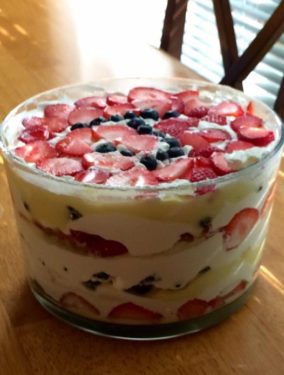
Trifle is another treat that has found itself used as a birthday cake replacement numerous times. It’s made up of delightful layers of vanilla pudding, strawberries (and sometimes blueberries), whipped cream, and cubes of angel food cake, which is appropriate because it tastes like heaven.
Whatever fruits are your favorites, I hope you use them to find a little bit of extra sweetness this summer, and if you happen to catch the scent of ripe peaches, take an extra whiff for me.
Click below to pre-order your copy of Heather’s new book, In the Middle of Hickory Lane, coming 07.26.22!

